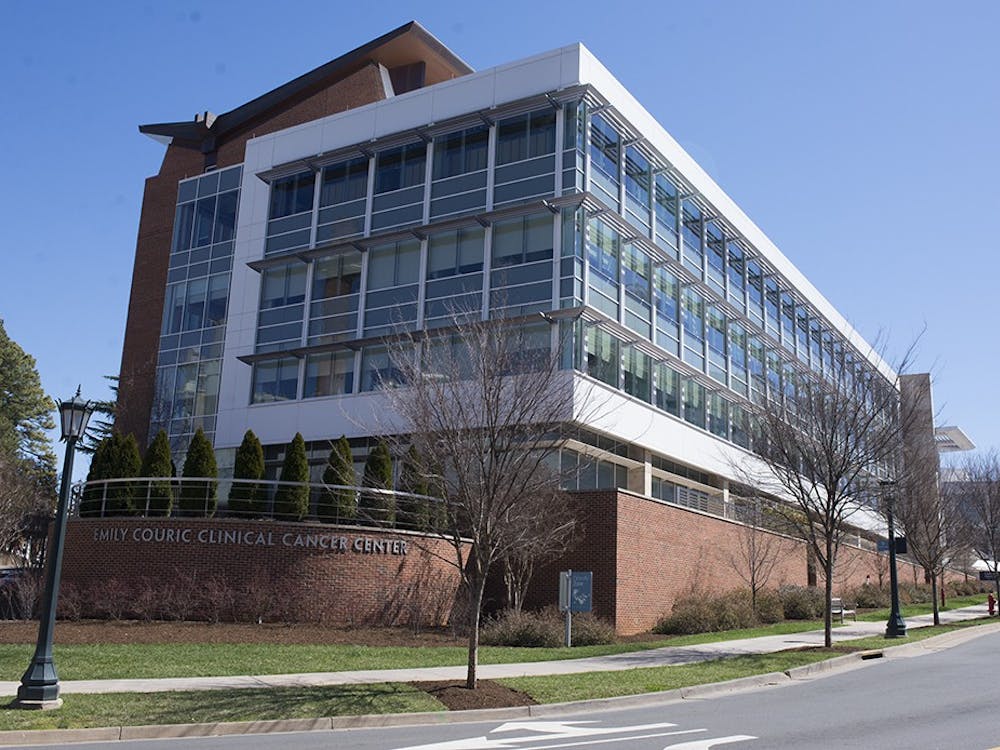OK ladies, it's that time again. Sorry guys, just give her some space right now. Every woman of childbearing age has experienced it at some point. You wake up one morning and everything and everybody rubs you the wrong way. You close your eyes and decide to stay in bed a few minutes more - that is, of course, until that gut-wrenching pain attacks your stomach, your head starts pounding and you have an undeniable urge to scream.
So you get up to get dressed, only to discover that your favorite jeans are a little tighter today than they were last week. Premenstrual syndrome is the price ladies pay for, well, being ladies.\nAs bad as you may think you have it, though, the unfortunate reality is that 3 to 8 percent of women have it worse. PMS is tough, but premenstrual dysphoric disorder, also known as PMDD, can be utterly exhausting.
PMS is a term that was developed in the 1950s to describe the emotional and physical changes that plague many women during the days approaching their menstrual cycle. Symptoms differ for all women, but generally include bloating, fatigue, stomach cramps, muscle cramps and headaches, along with an overall sense of irritability. The majority of women find these symptoms manageable, though they may be frustrating for boyfriends, friends and family. PMS symptoms can start up to two weeks before your period and should begin to subside around the first day. Causes of these mood swings and physical discomfort are not 100 percent known, but they are believed to be related to an imbalance in the hormones prostaglandin and estrogen-progesterone during this time of the month. PMS symptoms may also be linked to nutritional factors as well as physical activity. Thus, exercise, a balanced nutritional diet and an occasional Ibuprofen are often recommended to lessen the effects of PMS.
Until recently, women who suffered from PMDD were just thought to have extreme cases of PMS. PMDD is similar to PMS but has a more severe effect on those who suffer from it. PMDD is characterized as a psychiatric depressive disorder and is more prevalent in women who already suffer from clinical depression. While PMDD's physical symptoms are the same as PMS, the emotional symptoms are quite different. For instance, the irritability of PMS becomes anxiety and depression with PMDD . The most significant difference between the two is the degree of social and occupational impairment that it brings. Women suffering from PMDD often find that these symptoms are severe enough to dramatically alter their everyday lives. Symptoms of PMDD may also improve with a healthy diet and physical exercise, but doctors may also recommend an antidepressant. Currently, there are three Food and Drug Administration-approved antidepressants for the treatment of PMDD: Sarafem, Paxil CR and Zoloft.
So ladies, if any of these symptoms sound familiar and you feel yourself going insane once a month, give your doctor a call and see what he or she recommends. And guys, if she bites your head off this month, just remember: don't take it personally.
Jade Hall is a fourth-year College student. She can be reached at j.hall@cavalierdaily.com.






